Digital Forensics Rescues Retro Video Games and Software
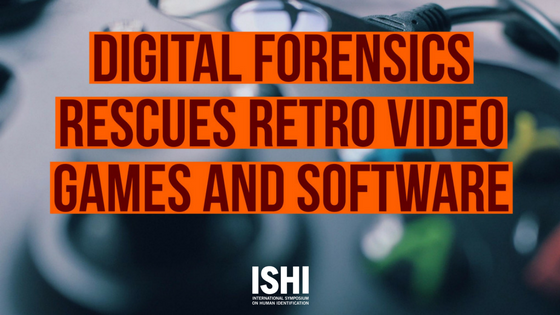
Starting in the mid-1980s, a young man named Stephen Cabrinety filled his home with video games and software. Unopened boxes were piled to the ceilings—everything from early word processing programs such as WordStar to vintage releases of Pong, Doom and SimCity. Although at the time some might have thought he suffered a peculiar obsession, today […]
The Comparison of DNA Extractions from Hair Shafts and Evaluation of the 10-Plex PowerSeq Kit by Promega with Low Copy Number Samples
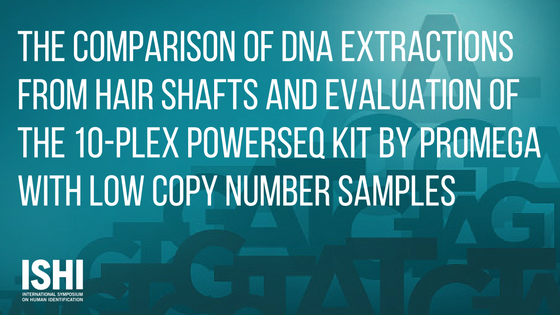
DNA extraction from hair shafts is a common practice in forensic casework. However, the amount of nuclear (n) DNA recovered from hair shafts is usually below what is needed for STR analysis, leading forensic scientists to rely on mitochondrial (mt) DNA analysis due to its high copy number characteristics. Submitted by: Jamie Gallimore, Penn State […]
The Evolution of Rapid DNA in the United States

Ever since FBI Director Comey told the United States Senate Judiciary Committee that Rapid DNA would “change the world in a very, very exciting way,” integration of the technology into the arrestee booking process has become a question of when rather than if, with momentum building daily. Submitted by: Kevin Babak, IntegenX […]
ISO 18385: The Creation of a ‘Forensic Grade’ Standard
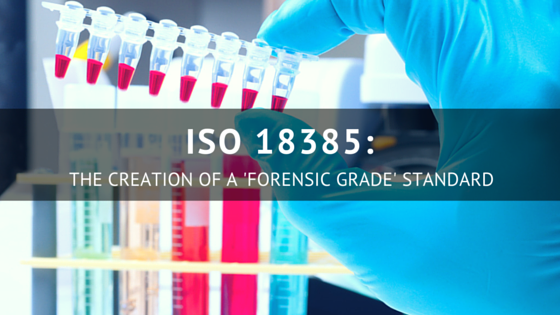
Forensic DNA laboratories rely on reagent and plastics manufacturers to supply high-quality products with minimal interference from contaminating DNA. With the increasing sensitivity of short tandem repeat (STR) amplification systems, levels of DNA that were previously undetected may now generate partial profiles. To address the concern of laboratories worldwide regarding the potential of low-level DNA […]
Completing the Circle: Forensic Analysis of the Entire Mitochondrial Genome on Ion Torrent MPS Platforms

Traditional sequencing of the mitochondrial genome in forensic labs has been limited largely to hypervariable regions (HVI and HVII) of the control region due to the high density of sequence variants and limitations with Sanger-type sequencing (STS) methodology. Massively parallel sequencing (MPS) of the entire mitochondrial genome offers forensic DNA analysts an alternative to STS. […]
Body Fluid Identification and DNA Profiling as a Tool for the Forensic Nurse
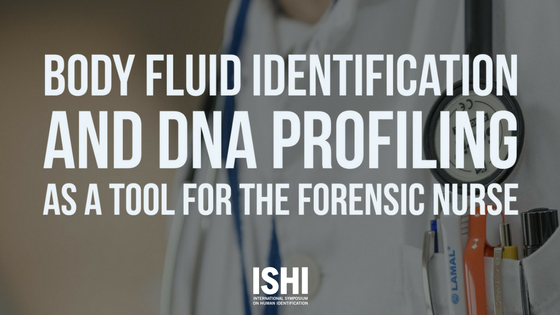
The term “crime scene” typically calls to mind images of a ransacked apartment or a decomposing body in a field. But, should we also consider alternative images urine-soaked bedsheets or blood-spattered floors in a long-term care facility or caretaker’s home as crime scenes? Could they contain forensic evidence that would supplement the findings of trauma […]
This Week in Forensic Science

No one has hours to scour the papers to keep up with the latest news, so we’ve curated the top news stories in the field of Forensic Science for this week. Here’s what you need to know to get out the door! Debate Rages Over Quality of Science in Crime Labs (The Columbus Dispatch – 11/26/2016) […]
Your ISO 18385 Questions Answered!
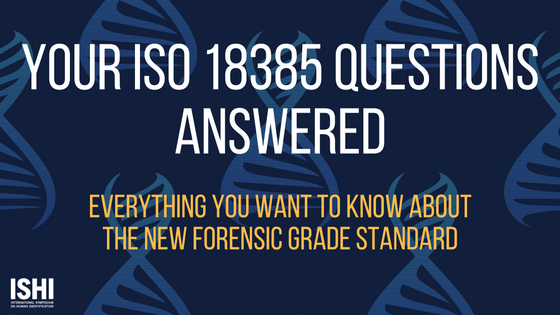
You may have heard of the new ISO 18385 Forensic Grade Standard, but do you still have questions about what it is and how it will effect the products you use in your lab each day? We’ve created a resource of frequently asked questions to help you understand what the new standard really means to […]
Where is Forensic Science Headed in the Future?

MPS? Rapid DNA? Phenotyping? Read below to see what our ISHI 27 speakers predict for the future of forensic science then join the discussion on our Facebook or Twitter pages to let us know what you anticipate for the future of the field. “I see the future of forensic science […]

